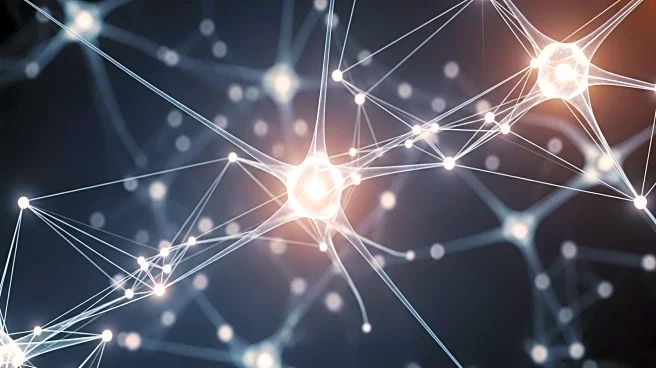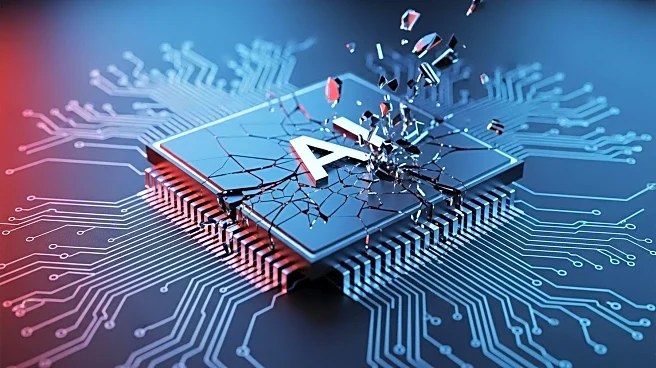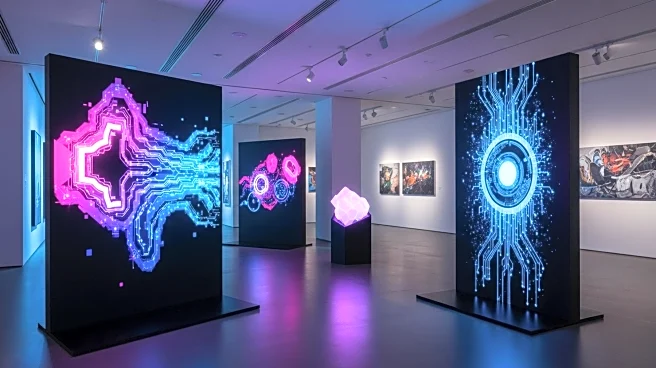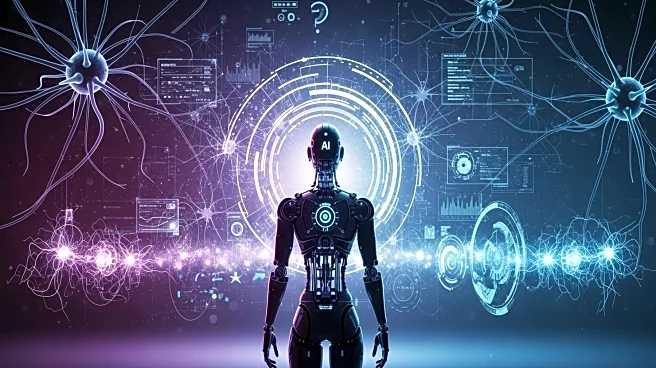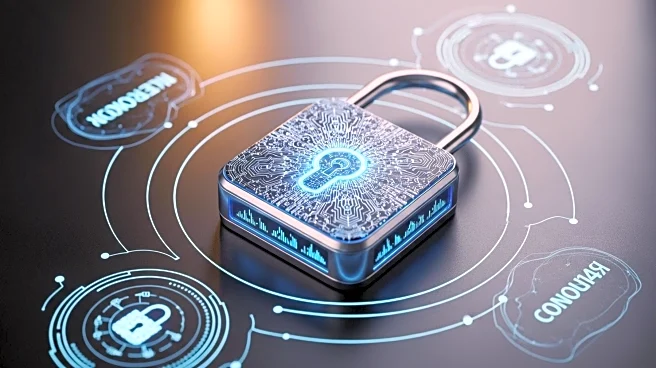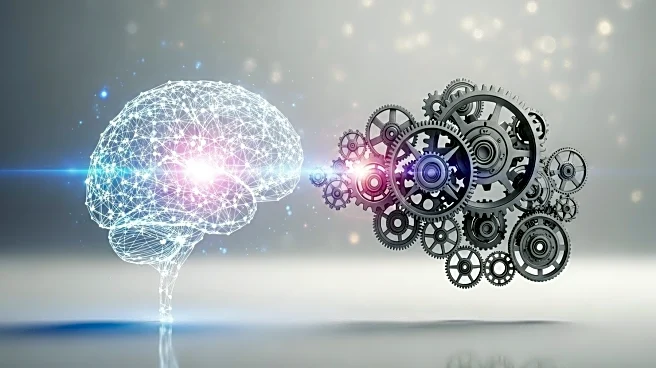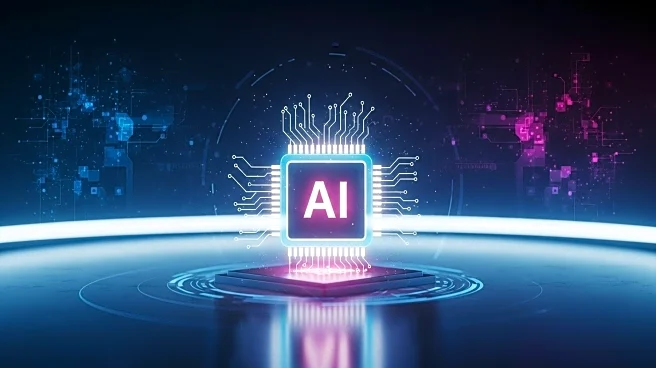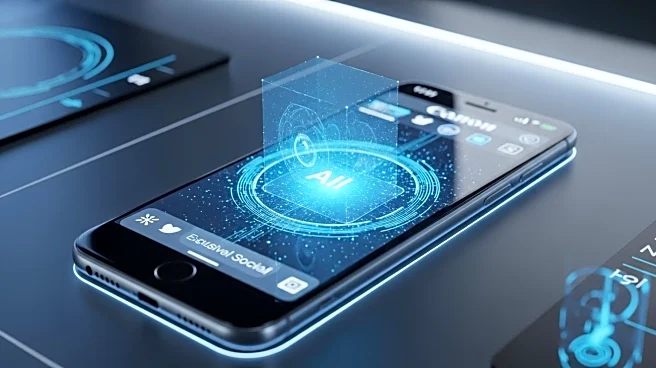What's Happening?
Engineers at the University of Massachusetts Amherst have successfully developed artificial neurons that mimic the electrical activity of natural brain cells. This innovation utilizes protein nanowires derived from the bacteria Geobacter sulfurreducens, known for its ability to produce electricity. The artificial neurons operate at a voltage similar to biological neurons, overcoming previous challenges where artificial neurons required significantly higher voltage and power. This breakthrough could lead to computers that function with the efficiency of living systems and potentially interface directly with biological tissue. The research, led by Shuai Fu and Jun Yao, highlights the potential for bio-inspired computing and more efficient electronic devices.
Why It's Important?
The development of artificial neurons with biological efficiency represents a significant advancement in computing technology. By reducing the power consumption of artificial neurons, this innovation could lead to more sustainable and energy-efficient computing systems. The ability to interface directly with biological tissue opens up possibilities for medical applications, such as wearable devices that can communicate with the human body without the need for electrical amplification. This could revolutionize the design of electronic devices, making them more efficient and less complex. The research is supported by major institutions, indicating its potential impact on future technological developments.
What's Next?
The next steps involve exploring the wide range of applications for these artificial neurons, including redesigning computers based on bio-inspired principles and developing electronic devices that can directly interact with biological systems. Further research and development could lead to practical implementations in medical technology and computing, potentially transforming industries reliant on electronic devices. Stakeholders such as technology companies and healthcare providers may show interest in integrating this innovation into their products and services.
Beyond the Headlines
This development raises ethical and cultural questions about the integration of biological and artificial systems. The potential for direct interaction between electronic devices and human tissue could lead to new paradigms in healthcare and personal electronics, challenging existing norms and regulations. Long-term shifts in technology design and usage may emerge as these artificial neurons become more prevalent.
